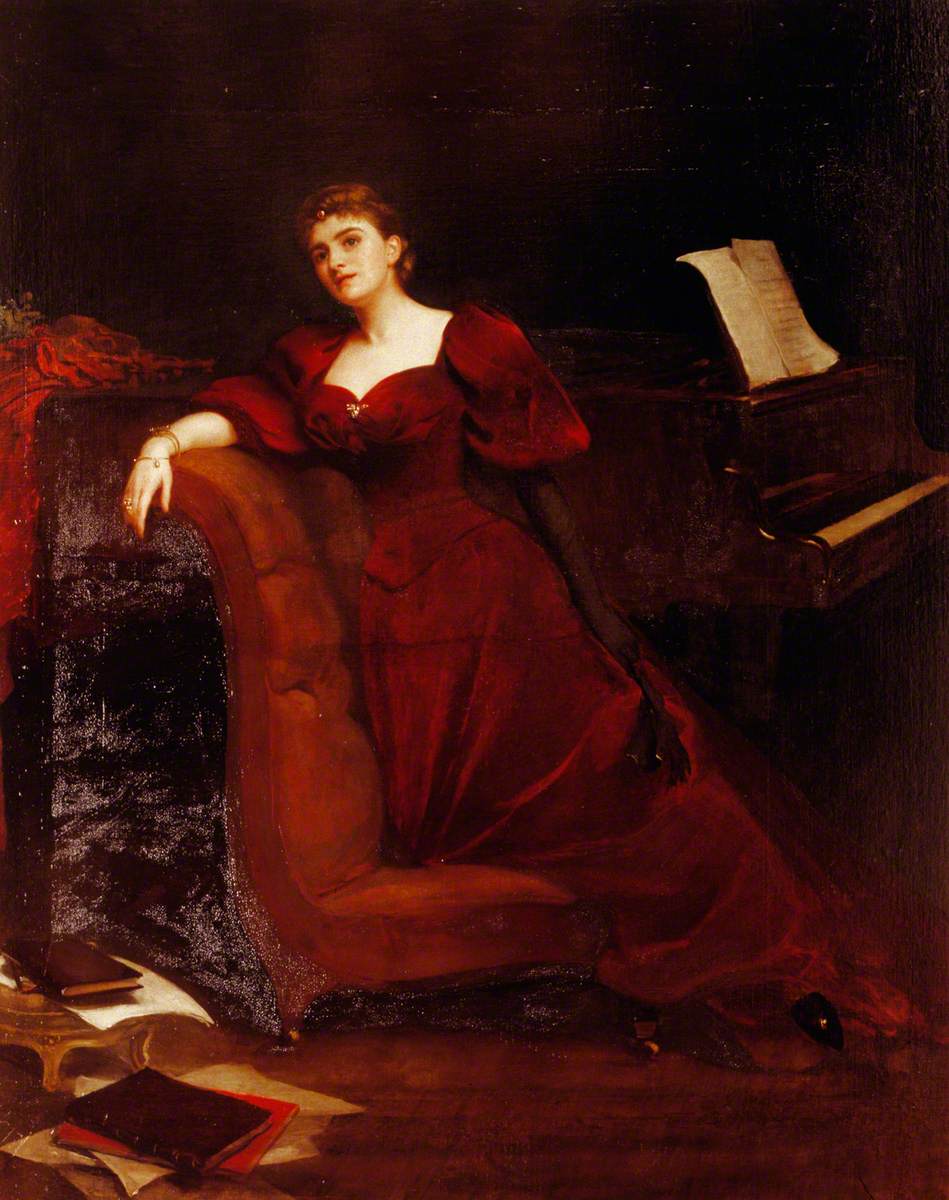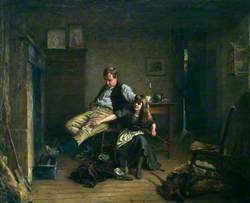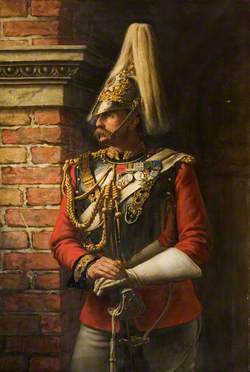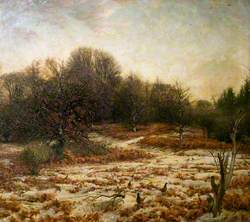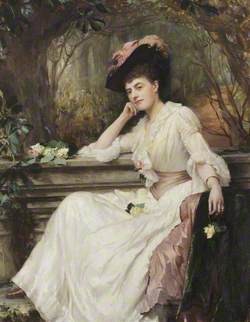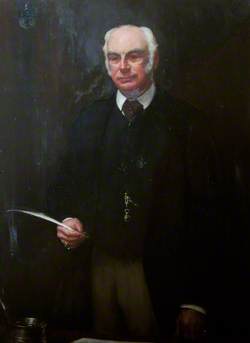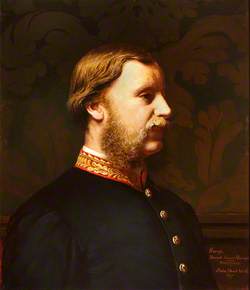How you can use this image
This image can be used for non-commercial research or private study purposes, and other UK exceptions to copyright permitted to users based in the United Kingdom under the Copyright, Designs and Patents Act 1988, as amended and revised. Any other type of use will need to be cleared with the rights holder(s).
Review the copyright credit lines that are located underneath the image, as these indicate who manages the copyright (©) within the artwork, and the photographic rights within the image.
The collection that owns the artwork may have more information on their own website about permitted uses and image licensing options.
Review our guidance pages which explain how you can reuse images, how to credit an image and how to find images in the public domain or with a Creative Commons licence available.
Notes
Add or edit a note on this artwork that only you can see. You can find notes again by going to the ‘Notes’ section of your account.
Painted by her father, Lilian Eldée (the stage name of Lilian Bertha Stuart-Wortley, c.1870–1904) leans on a red chaise, with a grand piano and music on the right and music books at her feet. She wears a deep red dress and a long glove on her left hand, also visible on occasional postcards. This could relate to her social status, or to show her well-lit right hand as her ‘creative’ one; or it may have no meaning. An inscription plaque reads: ‘My plea to the world in defence of my life was that I at least devoted it to the cultivation of the little garden God gave me, and laboured if only to be one of the ninety-nine whose footsteps keep the path clear, and for the hundredth whose talents beautify the world. My plea to God, ‘He knows’.
Title
Lilian Eldée (Lillian Bertha Duncombe, née Stuart-Wortley, 1870–1904)
Date
1901
Medium
oil on canvas
Measurements
H 196 x W 154 cm
Accession number
2003.1084
Acquisition method
presented by Colonel C. W. E. Duncombe, the sitter's husband, 1911
Work type
Painting
Inscription description
too dark to see but see inscription plaque which is separate
